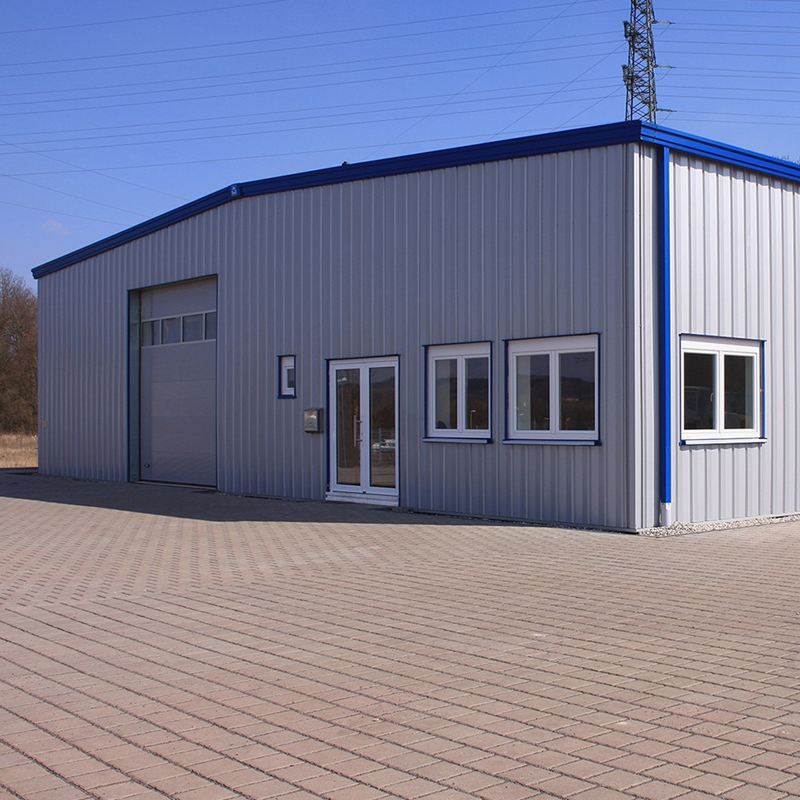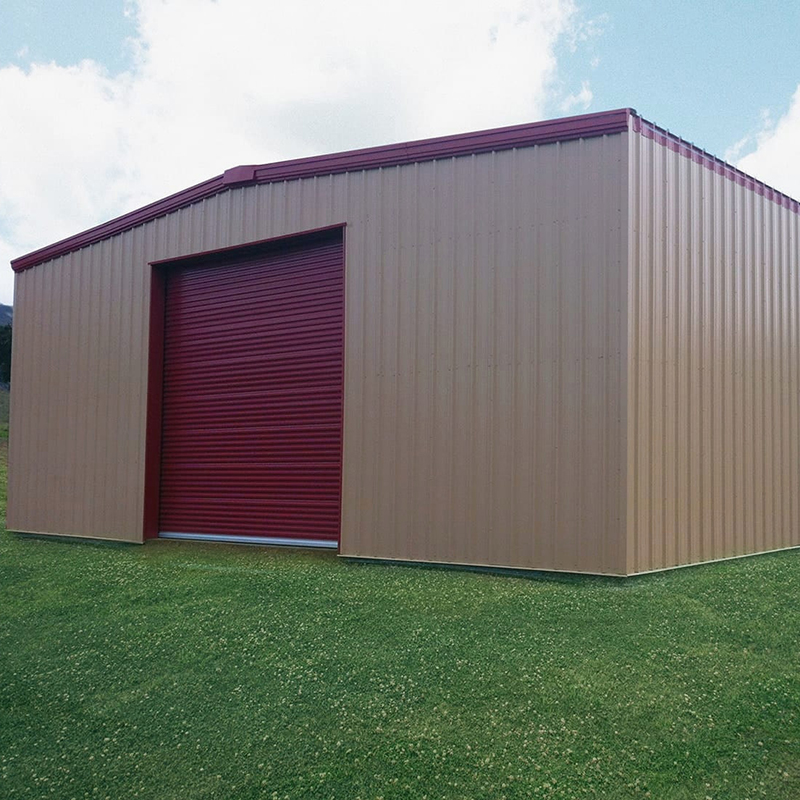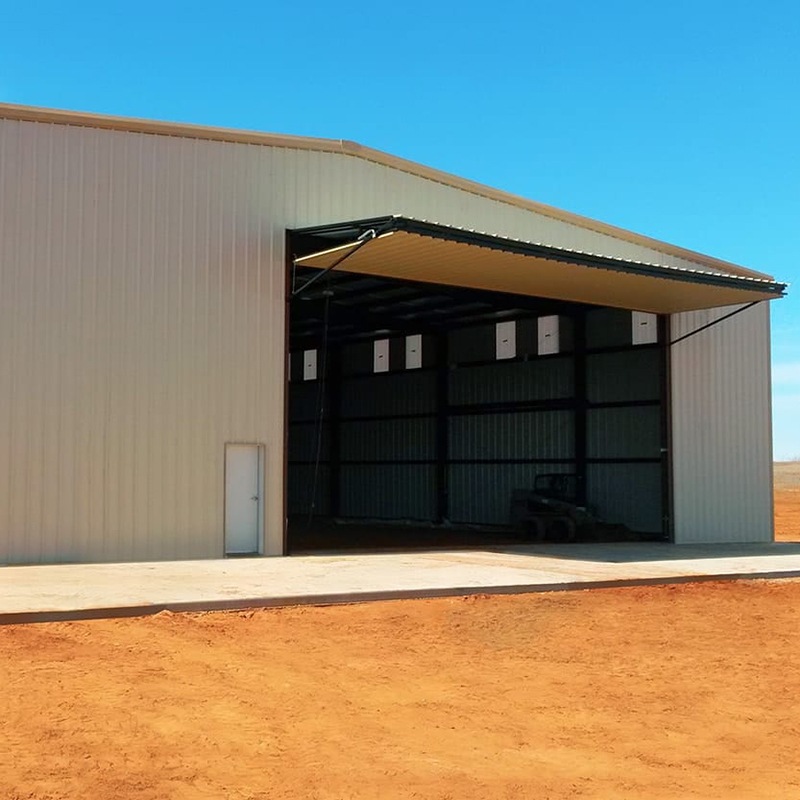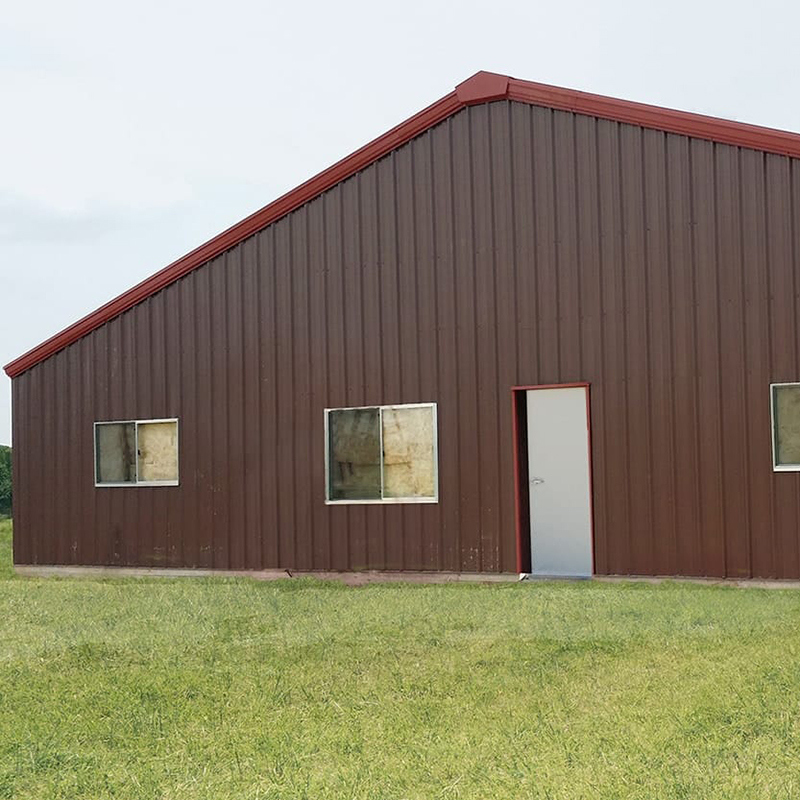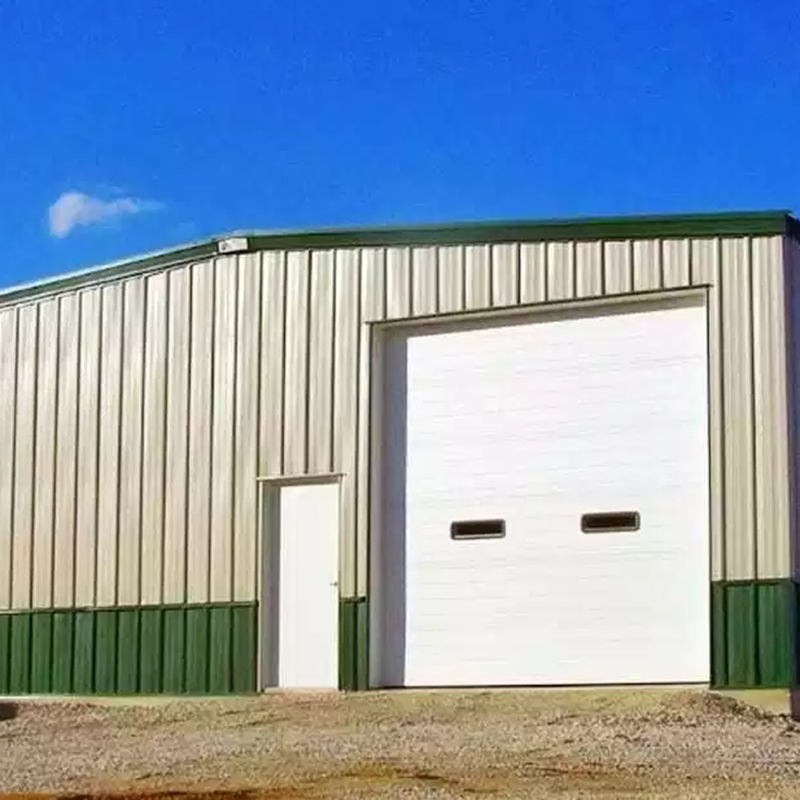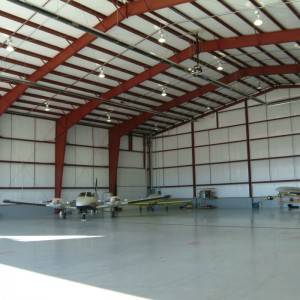Multi-span Fast Assemble Cheap Steel Warehouse
Steel structure processing and welding
The weld defects are generally located on the surface and inside of the steel in the heat affected zone (HAZ) of the weld or its vicinity, which are usually manifested as cracks, incomplete welding, slag inclusion, overlap, undercut, burn through, arc crater, air hole, arc scratch, incomplete welding, root shrinkage, etc.As shown in the figure.
Welding defects
According to the stress properties and the importance of the position, load characteristics, weld form, working environment and stress state of the weld, the quality of the weld is divided into three grades in the code for design of steel structures.
① In the steel structure engineering which needs to calculate the fatigue.Transverse butt welds or T-joint butt and fillet welds perpendicular to the direction of force.The longitudinal butt weld parallel to the direction of force is grade II.
② In the steel structure engineering without fatigue calculation, the butt weld with equal strength with base metal is required.It should not be lower than the second level in tension.It should be grade II when under pressure.
③ Between the web and the upper flange of the crane beam with heavy working system and intermediate working system with lifting capacity Q ≥ 50t.And the full penetration T-joint butt joint between the top chord of crane bracket and gusset plate, and the combined weld of fillet joint shall not be lower than grade II.
④ The appearance quality of fillet weld of T-joint or partial penetration butt and fillet weld, as well as lap joint fillet weld, shall meet grade II when it is used for structure directly bearing dynamic load and requiring fatigue calculation and intermediate working crane beam with lifting capacity of QQ ≥ 50t. When applied to other structures, appearance quality can be grade III.
The basic rules of weld quality grade selection are as follows: tensile weld is higher than compression weld; dynamic load weld is higher than static load weld; butt weld generally requires full penetration and equal strength with base metal.The appearance quality of fillet weld is generally grade III.
According to the practical experience and relevant specifications, the 3D steel structure editor has learned that there are four methods for destructive detection of steel structure welding, such as: mechanical property inspection, fracture section inspection, drilling inspection and metallographic structure inspection.
Mechanical property test the mechanical property test of welded joint mainly includes the following four methods.
① Tensile test.
Tensile test can not only determine the strength and plasticity of weld.At the same time, the defects at the fracture surface can be found.It can also verify the correctness of welding materials and construction technology.
② Bending test
Bending test is used to test the plasticity of welded joint, which can reflect the plastic difference of each area of the joint.Expose welding defects and check the bonding quality of fusion line.
③ Impact test
The impact test is used to evaluate the impact toughness and notch sensitivity of weld metal and welded joint.
④ Hardness test
Hardness test can determine the hardness of weld and HAZ.The strength of the material can also be estimated indirectly.It is used to compare the performance difference of each zone of welded joint and the hardening tendency of HAZ.
(2) Fracture section inspection
In order to ensure that the weld is disconnected at the section.A groove can be cut on the weld surface along the weld direction in advance.The groove depth is about 1 / 3 of the thickness.Then the specimen is broken with a tensile machine or hammer.On the fracture surface, various internal visible welding defects, such as porosity, slag inclusion, incomplete penetration and cracks, can be found on the fracture surface, and whether the fracture is ductile failure or brittle failure can be judged.
Weld fracture section inspection has the advantages of simple, rapid, easy to operate and does not need special instruments and equipment.It can be widely used in production and installation site.
(3) Drilling inspection: local drilling inspection shall be carried out for the weld.The defects such as porosity, slag inclusion, incomplete penetration and crack can be inspected.
(4) Metallographic examination welding metallographic examination is mainly to study and observe the changes of metallographic structure and micro defects caused by welding thermal process.Metallographic examination can be divided into macroscopic metallographic examination and microscopic metallographic examination.
The metallographic examination method is to cut the sample from the welding test plate (workpiece), and then grind, polish and etch.Then observed under the metallographic microscope.If necessary, the typical metallographic structure can be taken into metallographic photos.For analysis and research.
Through metallographic examination, we can know the thickness of weld crystallization, the shape and size of bath pool, and the defects in each area of welded joint
Steel structure weld appearance inspection is mainly to check whether the weld formation is good, whether the transition between weld and weld is smooth, and whether the welding slag and spatter are cleaned.
Welding inspection of steel structure engineering
① During the appearance inspection of the crack sand joint, the dirt on the weld should be removed first.Visual inspection of welds by naked eyes.Use a 5-20x magnifying glass if necessary.Check whether there are crater, undercut, overlap, slag, crack, porosity, incomplete penetration and other defects.
② The cracks in the weld can also be inspected by nitric acid alcohol erosion, that is, the paint film at the suspicious place should be cleaned and polished, cleaned with acetone, and the concentration of 5% – 10% nitric alcohol should be dropped (the concentration should be low when the finish is high).If there is crack, it will show brown; for important welds, red penetrant dye detection can be used.
③ Weld size shall be measured with measuring tools (such as weld card and tape) to check whether it meets the design requirements.Special ruler for weld inspection shall be used for inspection. If necessary, penetrant dye inspection or magnetic particle inspection shall be used.
④ Ordinary carbon steel should be carried out after the welding seam is cooled to the temperature of the working place; low alloy structural steel should be carried out after 2.lh.
⑤ The welding wave on the surface of weld metal shall be uniform, and there shall be no defects such as cracks, slag inclusion, weld beading, burn through, arc pits and needle like pores.There shall be no spatter in the welding area.
⑥ The allowable deviation of overall dimensions of partial penetration composite weld and fillet weld shall comply with the provisions in Table 12.
⑦ Magnetic particle inspection shall be used for surface defect detection of ferromagnetic materials.The magnetic particle inspection shall comply with the current national standard “magnetic particle testing methods for welds and classification of magnetic defects” (JB / t66061-1992).When magnetic particle testing cannot be used due to structural or material reasons.Penetration testing can be used.The penetrant testing shall be in accordance with the current national standard “penetrant testing methods for welds and classification of defect marks” (JB / t66062-1992).







